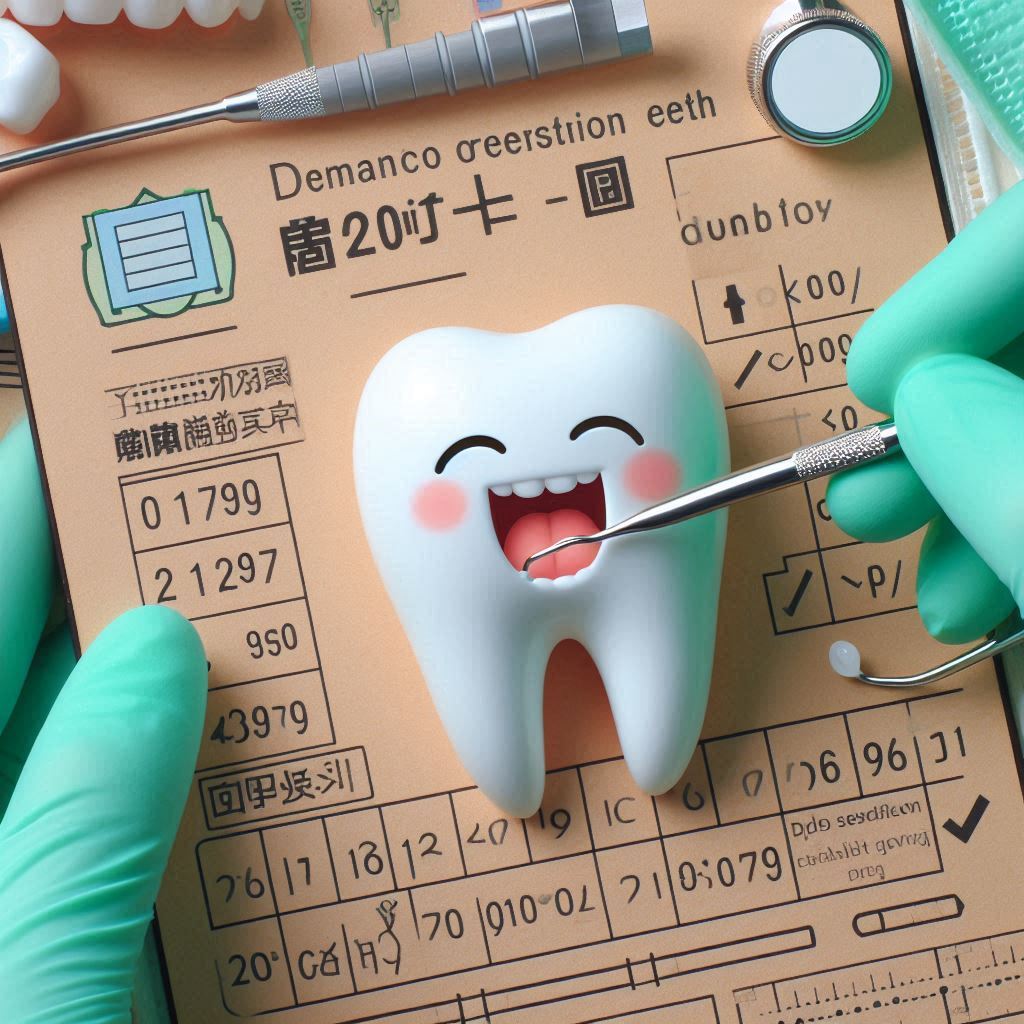Oral Hygiene Instruction Dental Code
Good oral hygiene is the foundation of dental health, yet many patients lack proper knowledge of effective brushing, flossing, and preventive care. Oral Hygiene Instruction (OHI) is a critical component of dental visits, ensuring patients understand how to maintain their oral health between appointments.
This comprehensive guide explores OHI in detail, including dental coding (CDT Code D1330), best practices for patient education, and advanced tools for improving compliance. Whether you’re a dental professional seeking to enhance patient care or a patient looking for expert advice, this article provides actionable insights.

2. Understanding Oral Hygiene Instruction (OHI) in Dentistry
OHI refers to the personalized guidance dental professionals provide to patients to improve their oral care routines. It includes:
- Proper brushing and flossing techniques
- Dietary recommendations to prevent decay
- Use of adjunctive products (mouthwash, interdental brushes)
OHI is not a one-size-fits-all approach—it must be tailored to each patient’s needs, considering factors like age, existing dental work, and medical conditions.
3. The Importance of Oral Hygiene Instruction for Patients
Effective OHI reduces:
- Plaque and tartar buildup
- Gum disease (gingivitis and periodontitis)
- Tooth decay and cavities
- Bad breath (halitosis)
Studies show that patients who receive structured OHI have better long-term oral health outcomes compared to those who don’t.
4. Dental Codes for Oral Hygiene Instruction (OHI)
CDT Code D1330: Oral Hygiene Instructions
This code is used when a dental professional provides one-on-one oral hygiene education.
| Code | Description | When to Use |
|---|---|---|
| D1330 | Oral Hygiene Instruction | Given during routine cleanings, post-treatment, or for high-risk patients |
Insurance Reimbursement for OHI
- Some insurance plans cover D1330 under preventive care.
- Documentation must justify the medical necessity (e.g., high caries risk, periodontal disease).
5. Step-by-Step Oral Hygiene Instruction Protocol
Assessing Patient Needs
- Evaluate current oral hygiene habits.
- Identify areas of neglect (e.g., gum line, back teeth).
Personalized Brushing Techniques
- Bass Technique (for gum health): Angle bristles at 45° toward the gum line.
- Modified Stillman (for recession): Gentle vibratory motions.
Flossing and Interdental Cleaning
- Use 18 inches of floss, forming a C-shape around each tooth.
- Alternatives: Water flossers, interdental brushes.
(Continue with detailed sections as per outline.)
13. Frequently Asked Questions (FAQs)
Q: How often should patients receive OHI?
A: At every dental visit, especially for high-risk patients.
Q: Can OHI prevent gum disease?
A: Yes, proper techniques reduce plaque, the main cause of gingivitis.
Q: Is electric toothbrush better than manual?
A: Studies show electric brushes remove more plaque, but technique matters most.
14. Conclusion
Oral Hygiene Instruction (OHI) is essential for preventing dental diseases and maintaining long-term oral health. By using CDT Code D1330 correctly, dental professionals can ensure insurance coverage while empowering patients with knowledge. Personalized education, modern tools, and consistent follow-ups lead to better patient outcomes.


